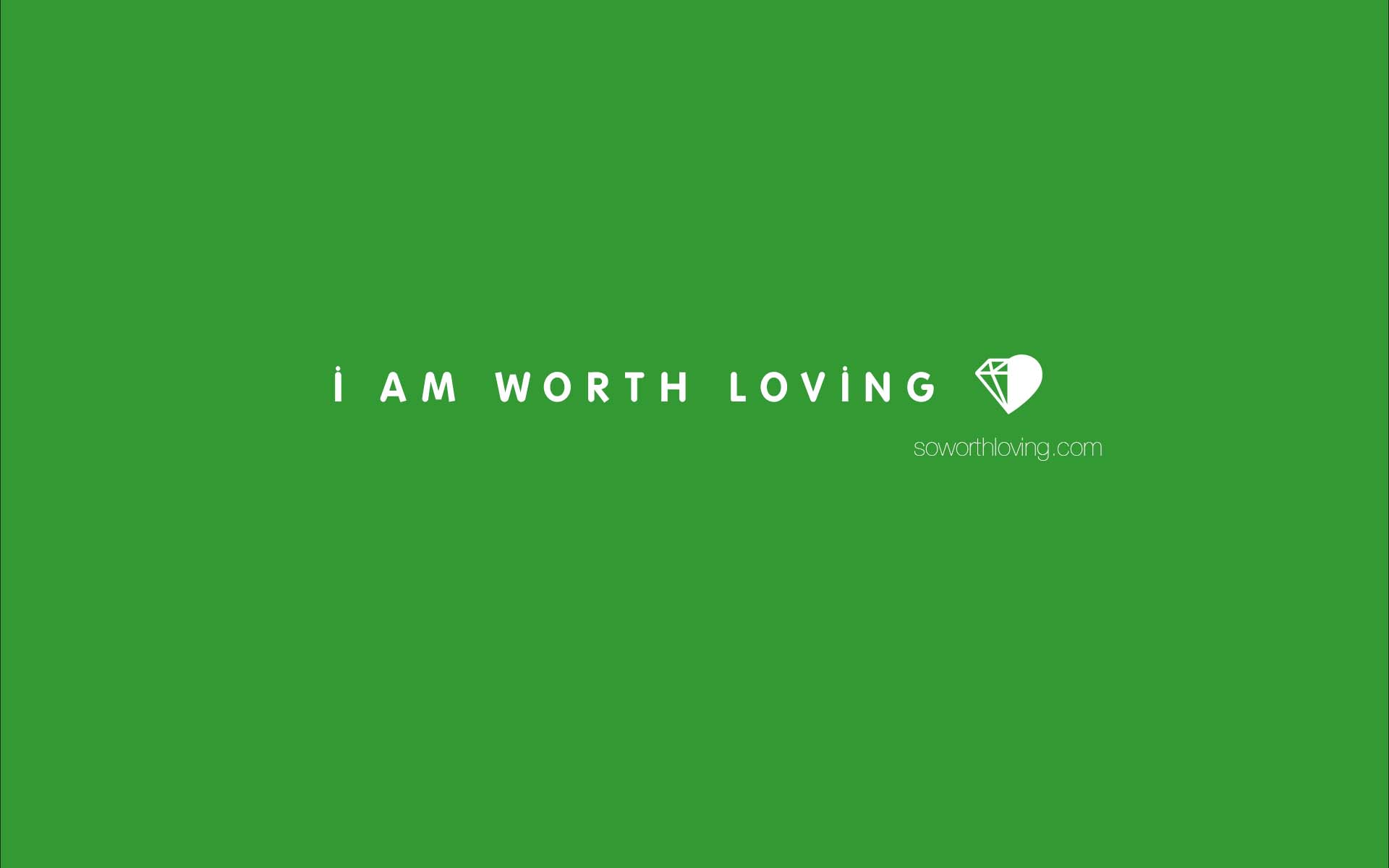Mary, Mary, Quite Contrary
I Know Why Your Blog Won’t Grow
You Hate Twitter and Facebook
Won’t Give Anything Else a Fair Look
No Wonder Your Book Sales Are Slow
 Many writers are stuck in the past. Maybe not as far back as Mother Goose, but back in the days where all we had to do was write good content—okay, great content—the rest would take care of itself. But let’s not kid ourselves. The rest didn’t take care of itself. Publishing companies had scores of people to market our manuscripts for us while we did the occasional book signing and then sat down to work on our sequel. Publishing houses have had to change with the times, however. Where there used to be dozens of publishers, now there are just a handful. Just last year we were all talking about “The Big Six” in the industry. Now there are just five. As publishers merged with one another and revamped their processes, many editors became swamped with manuscripts to review and many marketers found themselves overwhelmed by their workload. That meant that virtually no manuscripts were accepted without an agent, fewer manuscripts got published each year, and those that did required the author to do some of the marketing work. If an editor was on the fence about a project, a strong criterion for decision-making was to see if the author had a viable marketing platform. So why are we authors so resistant when we can see that’s the new path?
Many writers are stuck in the past. Maybe not as far back as Mother Goose, but back in the days where all we had to do was write good content—okay, great content—the rest would take care of itself. But let’s not kid ourselves. The rest didn’t take care of itself. Publishing companies had scores of people to market our manuscripts for us while we did the occasional book signing and then sat down to work on our sequel. Publishing houses have had to change with the times, however. Where there used to be dozens of publishers, now there are just a handful. Just last year we were all talking about “The Big Six” in the industry. Now there are just five. As publishers merged with one another and revamped their processes, many editors became swamped with manuscripts to review and many marketers found themselves overwhelmed by their workload. That meant that virtually no manuscripts were accepted without an agent, fewer manuscripts got published each year, and those that did required the author to do some of the marketing work. If an editor was on the fence about a project, a strong criterion for decision-making was to see if the author had a viable marketing platform. So why are we authors so resistant when we can see that’s the new path?
Well, like Ross said to Rachel when she asked him how things were with the girl from the Xerox place, “Nobody likes change.”
Why is change so bad? Think of all the times in your life that something changed. Not something you were looking forward to, like a wedding or a birth (although those can be challenging events as well as joyous ones), but something you were dreading.
- A new school.
- A job change.
- Moving.
Sure, those things can be intimidating, but I bet none of them were as bad as you anticipated. And once you accepted your fate (cue dramatic music…duh, duh, duh!) and embraced your new role, things probably got pretty good.
So, as a writer, what can you do to embrace your platforming efforts? Let’s look at that wonderful nursery rhyme above for some ideas.
- Blog.
Find what you’re passionate about and write regularly about it. “Blog” actually stands for “Web Log” and if you’re writing regularly about your topic, you’re cataloguing that topic for your readers. To paraphrase James Earl Jones, If you write it, they will come. - Facebook
Many of you probably have a profile page on Facebook to keep up with friends and family. Did you know you can create a professional “Author” page to market your book(s)? Most of you probably do know that. If you do, get on there and interact once and a while. It’s not just for posting and leaving. And for those of you who didn’t know, check it out. It’s a great place to meet your fans. - Twitter
Twitter is tricky, because your account has the potential to grow faster in Twitter than in any other social media outlet. The problem is, it’s hard to say anything meaningful in 140 characters or less, especially when some of your message is taken up by hash tags to get your message seen by particular groups of people. (But I am a strong proponent of hash tags [this mark -#- followed by a word or phrase without spaces] because they filter your message to people following anything with a particular hash tag, and help you make contacts in those groups.) Still, I recommend Twitter, because it’s fast and it’s vast. - Pinterest
Many people don’t realize this, but Pinterest can be a useful marketing tool. Just create a board for your published works and your works in progress. Include people, places and things that occur in your books. Just make sure you don’t use any photos that you don’t own the copyright to or have the owner’s permission to use. - LinkedIn
LinkedIn is the most professional of all the media listed, but it’s still a great resource. You can make a lot of contacts and network with people in the industry. Post your credentials, get endorsements, and even have your blog posts appear on your profile. There are also several discussion groups and forums to join that discuss writing, editing, and publishing topics. Don’t discount this option just because it’s a “professional” site. - Public Speaking
Public speaking isn’t for the faint of heart, and can be hard to break into, but it’s a great way to make a name for yourself. Start by volunteering your time at libraries, schools, or local groups who have interests that coincide with the topics that your novels cover. Before long, you’ll be comfortable in front of groups and you’ll have built a name for yourself as a public speaker so that people are requesting you and you can start charging for your time. - Other Media
There are several other media that you can use to generate brand awareness. Pick one or two and devote your time do doing these well. Once you have established followers, you can maybe branch out to another. Try to learn all the intricate details of the media you choose, not just the barest essentials. The better you are at what you choose, the more you can effectively interact. And the more you interact, the more loyal followers you’ll get.
In the end, isn’t that what we all really want? Relationships with our readers? A loyal fan base who is interested in our content, wants to buy our books, and tells others about us? Be genuine with your readers. Interact with them, don’t talk at them, and it will happen.
No one wants to be a Contrary Mary. We should all aspire to Go with Flo. (That’s probably not what that meant, huh? Still, it’ll stick with ya!)







 The rest of this paragraph is filler for the sake of seeing the text wrap around the 150×150 image, which is left aligned.
The rest of this paragraph is filler for the sake of seeing the text wrap around the 150×150 image, which is left aligned. 


 Happy New Year!
Happy New Year!